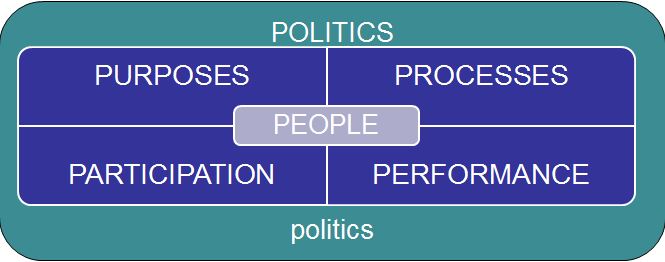This blog post was jointly authored by Liz Hartnett, Gill Clough and Anne Adams. The authors worked together on a European Union-funded project called Juxtalearn. Anne Adams was also one of the Co-Investigators on the OU’s Engaging Research Seed Funding Scheme with a particular interest in the generation and collection of evidence of the social impacts from research.
Project Summary
The Juxtalearn project was setup to help identify barriers to understanding by focusing on creative performance, provoking student curiosity through video making activities that contrast with the standard teaching activities.
We aimed to use the Public Engagement with Research Catalyst seed funding to develop and evaluate a variety of engagement data collection tools, with regard to their richness in informing us about engagement and its effects for teachers, students and researchers.
Approach
We sent out emails and arranged face-to-face meetings and talks with local schools and strategic organisations in an effort to communicate the objectives of the JuxtaLearn approach to potential stakeholders. For example, we met with the director of SETPOINT Hertfordshire to identify which of their 600 schools could get involved and separately with the Deputy Directory of Technology at United Learning, who was keen to facilitate access to the 51 schools in their network.
As a result of these meetings specific schools in the Lancashire and Surrey region were identified as schools that would be particularly receptive to our approach. We also gave a talk to 20 teachers at a Maths Networking event in St Albans and we were invited to return to a local school with which we had previously held a workshop with their maths staff team. As a result of these activities, we have arranged to host a series of workshops in the summer of 2015.
During the engagement workshops we collected observational, interview and focus group data. Our research presence and the engagement of teachers from one department in a school, has triggered engagement from other departments within the same school. We were thus able to extend our existing research in the science department at a local school into their theatre studies and maths departments. A similar spread of engagement occurred in a Hertfordshire school, where the Deputy Head enquired about extending the scope beyond our initial contact with the Maths department.
Commentary
Our seed funded project activities have expanded our knowledge of the practical issues of engagement, particularly the need to consider timing, place, people and process. We found that it is important to make contact in person and not rely on electronic media or intermediaries. Personal contact leads to trust and we found this to be key for success in the engagement process.

The dimensions of engaged research: people; purposes; processes; participation; performance; and politics (Holliman, 2013)
Working with one teacher led to engagement with others in the same school. In the future, we will anticipate when, where and how to engage people and processes as part of our initial approach, thereby deliberately planning and finding places to engage in, and people to engage with, in order to start an engaged process.
To evaluate our future projects, we will adapt our final interview schedule to include questions that ask participants about their engagement with our research. Our team blog encouraged joint reflection, engendering engagement between team members, so we would include this in future research projects. We also discovered that where social media was already deployed as part of one of our school’s dissemination policies, we were able to tap into that channel, developing a conversation of tweets and re-tweets, which extended the scope of our engagement to the wider school audience and beyond.
The type of data we will plan to collect will remain primarily influenced by the requirements of the project. However, our focus on engagement has highlighted new potential areas for data collection such as twitter analytics as evidence of engagement.
Lessons learned
Through the seed-funded project, we learnt that:
- Gaining initial access to schools is a big challenge, so it’s important to be sensitive to pressure points across the school year (such as exams) and to be aware of the potential effects staff of changes and holiday periods.
- Initial face-to-face or phone contact is essential for explaining the educational benefits of school participation in research projects.
- Ideally senior level staff should be on board, the enthusiasm of the teachers involved is also important.
- If schools have a social media policy, communication about the research through these channels can have positive impact on engagement. However, students may be reluctant to engage outside of lesson time if they consider a particular medium to be for personal use.
Outputs
- Engagement collection tools were mapped out with 16 blog postings on the data collection activities and engagement tools. These conversations developed into the attached protocol for semi-structured interviews and focus groups.
- Web page on the St Alban’s school engagement is on the JuxtaLearn web site.
We have produced a series of short, 2-3 minute videos featuring teachers talking about the benefits they experienced both in their own teaching practices and in the development in their students’ understanding through participation in the process.
Links to videos that we created during the project include:
- JuxtaLearn tricky topic tool and quiz
- JuxtaLearn workshop (chemistry)
- Juxtaposing performance and learning
Resources
Reference
Holliman, R. (2013, October 7). ‘An engaging thesis’, Invited post contributing to the UK’s Engaged Futures Consultation, invited post for the National Coordinating Centre for Public Engagement Blog. Available from: https://www.publicengagement.ac.uk/blog/engaging-thesis
Acknowledgements
This project was made possible because of the funding made available through the Open University’s RCUK-funded Public Engagement with Research Catalyst, ‘An open research university‘.


